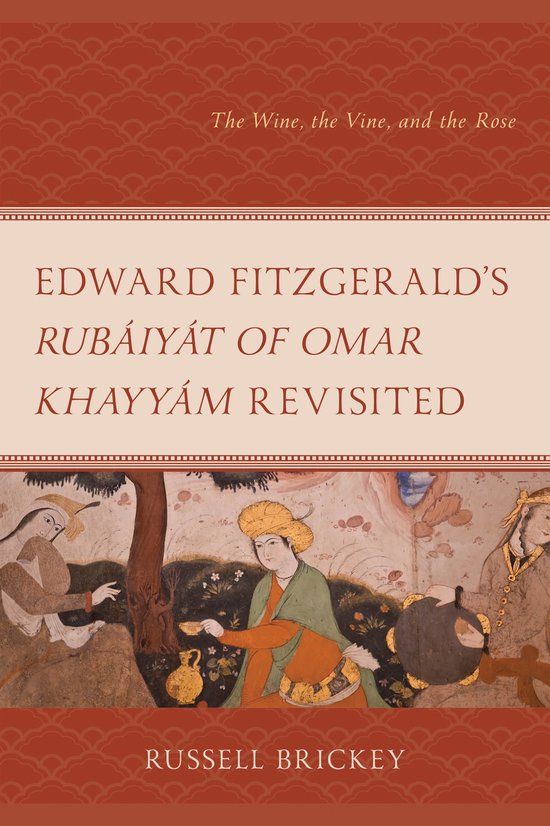Edward FitzGerald’s Rubáiyát of Omar Khayyám Revisited The Wine, the Vine, and the Rose. Russell Brickey. Lanham, Lexington Books, 2025. 236 p. ISBN: 9781666960013
Also available as eBook.
Edward FitzGerald’s Rubáiyát of Omar Khayyám Revisited: The Wine, the Vine, and the Rose examines an overlooked masterpiece which was a phenomenon in its day. Rubáiyát of Omar Khayyám, translated by Edward FitzGerald (1809-1883), sold millions of copies between its first publication in 1859 and World War II, becoming one of the best-selling books of all time, only to disappear from the public eye until the age of the Internet revived interest in the work. Russell Brickey synthesizes scholarship and close reading in the first monograph dedicated to the Rubáiyát, taking into account the original poetry of Omar Khayyám (1038-1141), a polyglot who lived in medieval Persia, and the western poetic tradition that informed FitzGerald’s creative palimpsest. These include the Song of Solomon, 17th century Cavalier Poetry, the Sonnet Sequence, and the poems of Alfred Tennyson, William Wordsworth, and others. This book looks at the offshoots of Omar Khayyám and Edward FitzGerald’s poetic brotherhood, the pulp-novels, movies, and poems their poem inspired.
